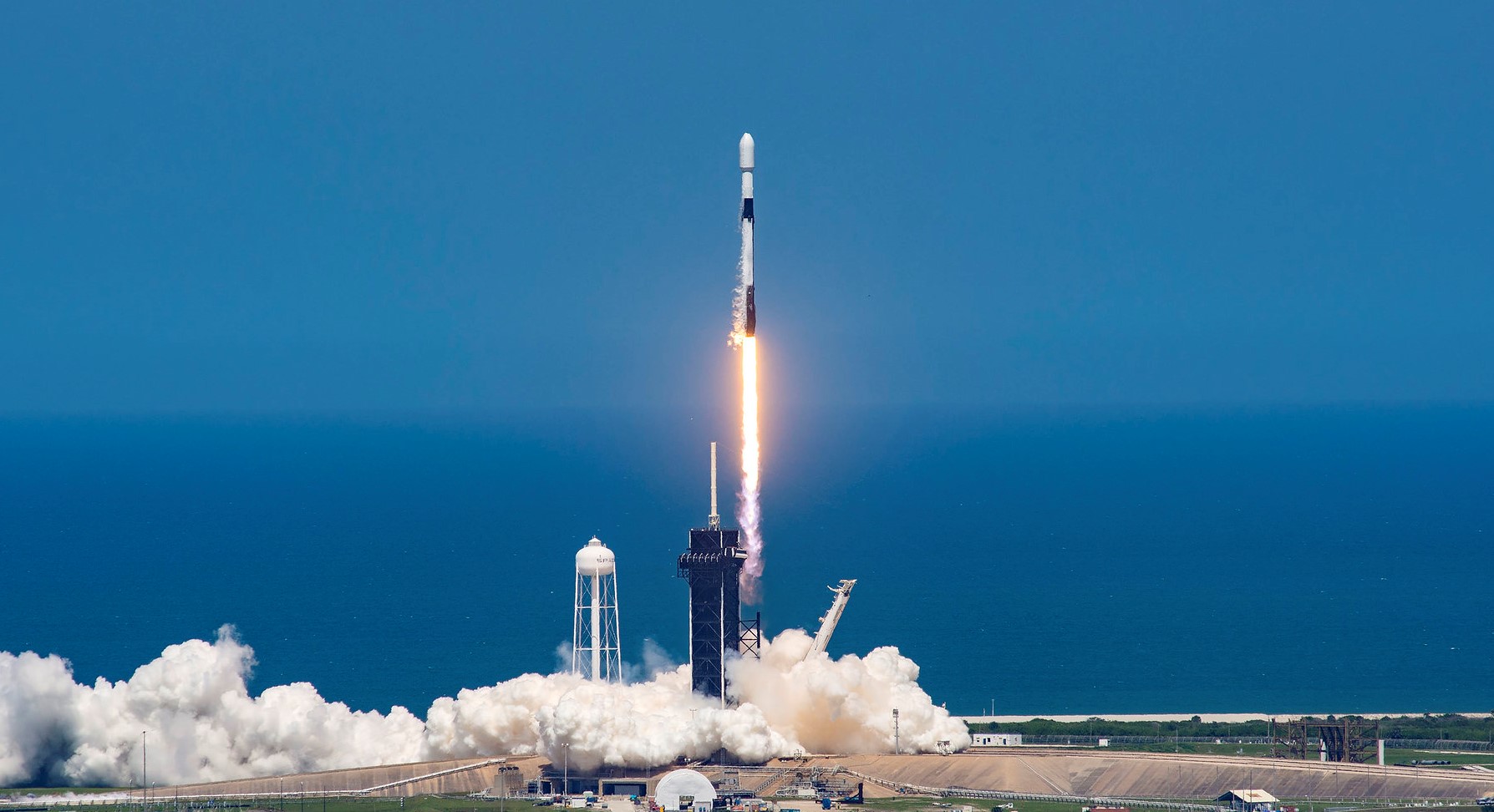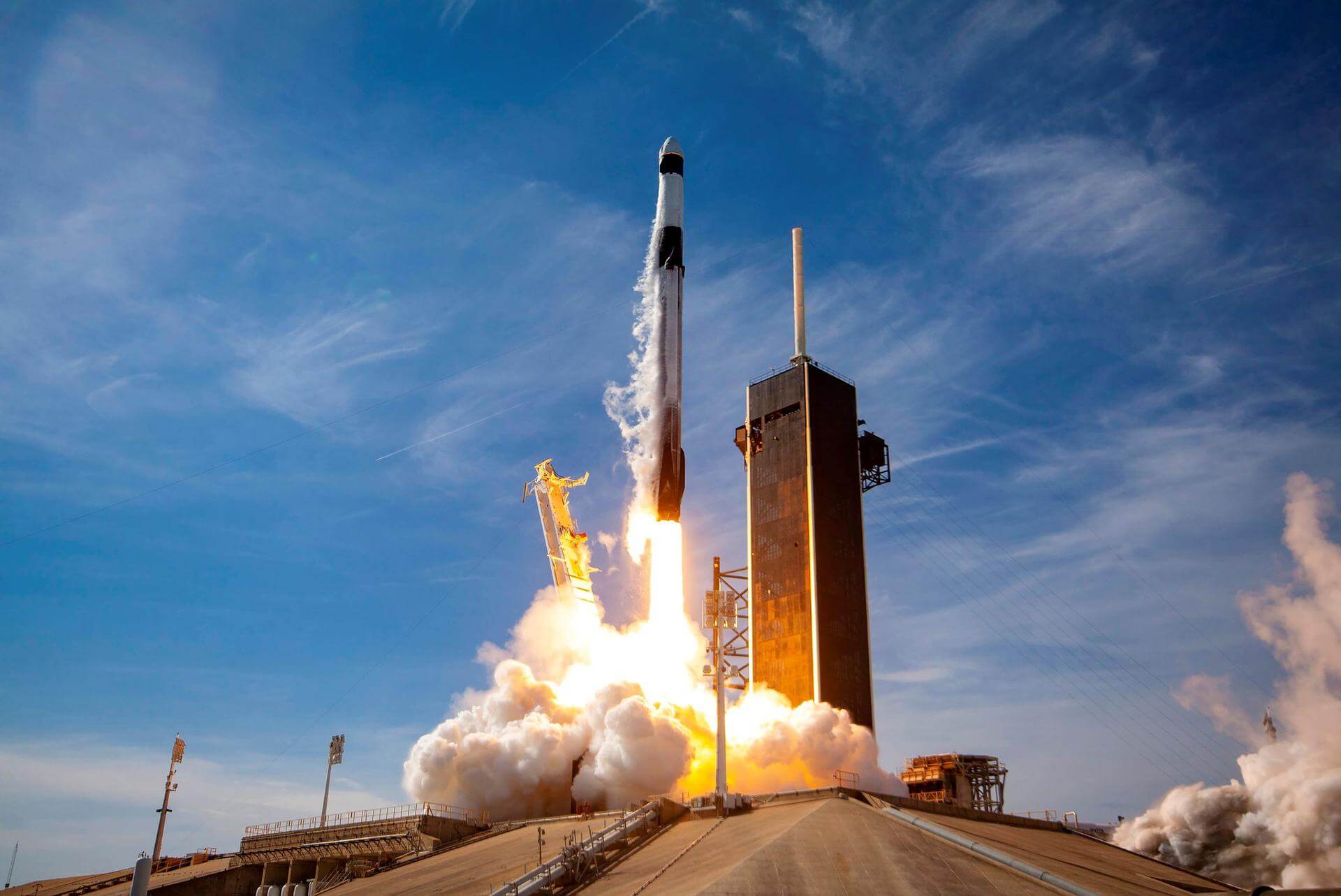Upcoming Spaceflight Launches
Filter by Agency, Locations or Vehicles
Show All LaunchesFalcon 9 Block 5 | Rivada 9
SpaceX | United States of AmericaVandenberg SFB, CA, USA
TBD June, 2026
Falcon 9 Block 5 | Rivada 12
SpaceX | United States of AmericaVandenberg SFB, CA, USA
TBD June, 2026
Falcon 9 Block 5 | Rivada 7
SpaceX | United States of AmericaVandenberg SFB, CA, USA
TBD June, 2026
Falcon 9 Block 5 | Rivada 11
SpaceX | United States of AmericaVandenberg SFB, CA, USA
TBD June, 2026
Falcon 9 Block 5 | Rivada 8
SpaceX | United States of AmericaVandenberg SFB, CA, USA
TBD June, 2026
Falcon 9 Block 5 | Vast-1
SpaceX | United States of AmericaKennedy Space Center, FL, USA
TBD June, 2026
Falcon 9 Block 5 | Dragon CRS-2 SpX-35
SpaceX | United States of AmericaCape Canaveral SFS, FL, USA
TBD August, 2026
Status: To Be Determined
Mission:
35th commercial resupply services mission to the International Space Station operated by SpaceX. The flight will be conducted under the second Commercial Resupply Services contract with NASA. Cargo Dragon 2 brings supplies and payloads, including critical materials to directly support science and research investigations that occur onboard the orbiting laboratory.
Low Earth OrbitFalcon 9 Block 5 | SDA Tranche 2 Transport Layer A
SpaceX | United States of AmericaVandenberg SFB, CA, USA
TBD August, 2026
Falcon 9 Block 5 | Transporter 18 (Dedicated SSO Rideshare)
SpaceX | United States of AmericaVandenberg SFB, CA, USA
TBD October, 2026
Falcon 9 Block 5 | SDA Tranche 2 Transport Layer C
SpaceX | United States of AmericaCape Canaveral SFS, FL, USA
TBD October, 2026
Falcon 9
CSG-3
Space Launch Complex 4E - Vandenberg SFB, CA, USACSG-3 is an Earth observation satellite for the Italian Space Agency, part of a reconnaissance constellation using synthetic aperture radars operatin…
Long March 7A
Shijian 29 A-B
201 - Wenchang Space Launch Site, People's Republic of China2 satellites officially described as for "demonstration of new technologies for spatial targets detection" purposes.
Long March 4B
Tianhui 7
Launch Area 94 (SLS-2 / 603) - Jiuquan Satellite Launch Center, People's Republic of ChinaA satellite officially described as for cartography purposes, details TBD.
Soyuz 2.1b/Fregat-M
AIST-2T 01 & 02
Cosmodrome Site 1S - Vostochny Cosmodrome, Siberia, Russian FederationA pair of Russian optical Earth observation satellites built by the Progress Rocket Space Centre for obtaining stereo images of the Earth's surface, …
Long March 3B/E
Fengyun-4C
Launch Complex 2 (LC-2) - Xichang Satellite Launch Center, People's Republic of ChinaChina's geostationary meteorological satellite program FY-4 (Feng Yun 4) is the second generation of chinese geostationary meteorological satellites.
Long March 8A
SatNet LEO Group 17
Commercial LC-1 - Wenchang Space Launch Site, People's Republic of ChinaA batch of 9 Low Earth Orbit communication satellites for the Chinese state owned SatNet constellation operated by the China Satellite Network Group.…
Soyuz 2.1a
Obzor-R No.1
43/4 (43R) - Plesetsk Cosmodrome, Russian FederationNote: Assignment of payloads to this launch is uncertain. The Russian Obzor-R satellite is a planned X-band radar earth observation satellite desi…
LVM-3 (GSLV Mk III)
BlueBird Block 2 #1
Satish Dhawan Space Centre Second Launch Pad - Satish Dhawan Space Centre, IndiaAST SpaceMobile’s Block 2 BlueBird satellites are designed to deliver up to 10 times the bandwidth capacity of the BlueBird Block 1 satellites, requi…
Long March 12A
Demo Flight
Long March 12A Pad - Jiuquan Satellite Launch Center, People's Republic of ChinaFirst test launch of CASC/SAST’s Long March 12A rocket, with a dummy payload. The rocket’s 1st stage attempted to land on a landing pad about 300 km …
HANBIT-Nano
Spaceward
HANBIT Pad - Alcântara Space Center, Federative Republic of BrazilMaiden orbital launch attempt for the South Korean start-up Innospace and its HANBIT-Nano small launch vehicle. Onboard this flight are five small sa…



